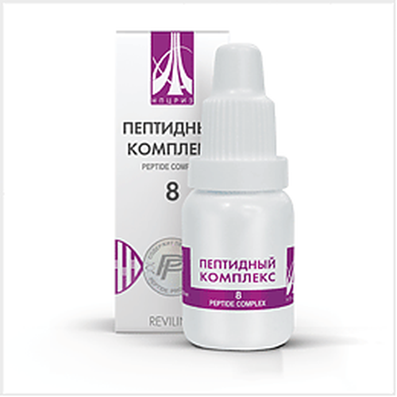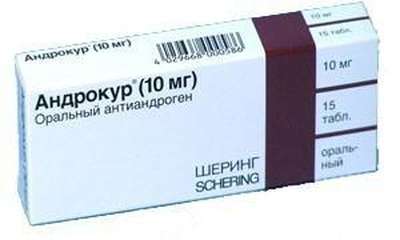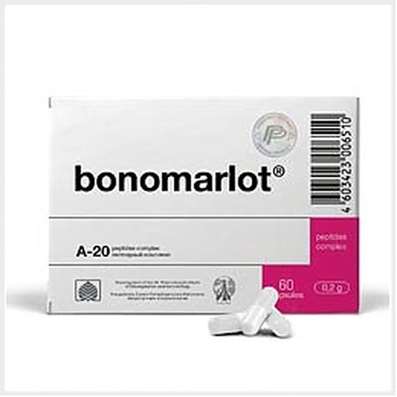Instruction for use: Insulin soluble [pork monocomponent] (Insulinum solubile [porcinum monocomponentum])
I want this, give me price
Pharmacological group
Insulins
Nosological classification (ICD-10)
E10 Insulin-dependent diabetes mellitus
Decompensation of carbohydrate metabolism, Diabetes mellitus, Diabetes insulin sugar, Diabetes mellitus type 1, Diabetic ketoacidosis, Insulin-dependent diabetes, Insulin-dependent diabetes mellitus, Coma hyperosmolar non-ketoacidotic, Labile form of diabetes mellitus, Violation of carbohydrate metabolism, Type 1 diabetes mellitus, Type I diabetes mellitus, Insulin-dependent diabetes mellitus, Type 1 diabetes mellitus
E11 Non-insulin-dependent diabetes mellitus
Acetonuric diabetes, Decompensation of carbohydrate metabolism, Diabetes insulin-independent sugar, Diabetes sugar type 2, Type 2 Diabetes, Non-insulin-dependent diabetes, Non-insulin dependent diabetes mellitus, Non-insulin-dependent diabetes mellitus, Insulin resistance, Insulin resistant diabetes mellitus, Coma lactobacillus diabetic, Violation of carbohydrate metabolism, Type 2 diabetes mellitus, Diabetes mellitus type II, Diabetes mellitus in adulthood, Diabetes mellitus in old age, Diabetes insulin-independent, Diabetes mellitus type 2, Sugar insulin-independent diabetes type II
O24 Diabetes mellitus during pregnancy
Pregnancy in diabetes mellitus, Diabetes mellitus type 2 in pregnant women
Characteristics
Neutral monocomponent pork insulin of short action.
Pharmacology
Pharmacological action - hypoglycemic.
Regulates the exchange and deposition of carbohydrates, lipids and proteins in target organs (liver, skeletal muscles, fatty tissue). Interacts with specific receptors of the cytoplasmic cell membrane and forms an insulin-receptor complex. By activating the biosynthesis of cAMP (in fat cells and liver cells) or directly penetrating the cell (muscles), the insulin-receptor complex stimulates intracellular processes, incl. Synthesis of a number of key enzymes (hexokinase, pyruvate kinase, glycogen synthetase, etc.). Reduction of blood glucose is due to increased intracellular transport, increased absorption and assimilation of tissues, a decrease in the rate of glucose production by the liver (reduces the decomposition of glycogen). Stimulates lipogenesis, glycogenogenesis, protein synthesis.
The hypoglycemic effect begins 30 minutes after the SC administration, reaches a maximum in 1-3 hours and lasts 6-8 hours (the parameters depend on the dosage form of insulin and its dose, the method is SC, IV, IM and Places - belly, thigh, buttocks - introduction). T1 / 2 - a few minutes (up to 10 minutes).
Indications
Diabetes mellitus type 1; Type 2 diabetes mellitus in case of resistance to oral hypoglycemic agents, in pregnancy, intercurrent diseases; The forthcoming extensive surgical operations and the postoperative period.
Contraindications
Hypersensitivity, hypoglycemia, insuloma.
pregnancy and lactation
During pregnancy, it is necessary to take into account the reduction (I trimester) or increase (II and III trimesters) of insulin requirements. During breastfeeding, daily monitoring is necessary for several months (until the insulin needs stabilize).
Side effects
Hypoglycemia (with high doses, missing or delayed intake of food, heavy physical exertion, against infections or diseases, especially those accompanied by diarrhea or vomiting): increased sweating, palpitations, tremors, sleep disorders and other symptoms right up to precomatous and coma; Hyperglycemia and diabetic acidosis (at low doses, skipping injections, non-compliance with diet, against fever and infections), accompanied by drowsiness, thirst, loss of appetite, reddening of the face, up to precomatous and coma; Allergic reactions - skin rash, angioedema, laryngeal edema, anaphylactic shock; At the injection site - hyperemia, itching, swelling; With prolonged use - lipodystrophy (atrophy or hypertrophy of subcutaneous fat); Transient refractive disorders, immunological cross-reactions with human insulin, an increase in the titer of anti-insulin antibodies, and subsequent aggravation of glycemia.
Interaction
Hypoglycemic action is enhanced by MAO inhibitors (including furazolidone, procarbazine, selegiline), alpha and beta adrenoblockers, tetracyclines (especially oxytetracycline), sulfonamides, anabolic steroids, androgens, bromocriptine, carbonic anhydrase inhibitors, ACE inhibitors, salicylates, clofibrate, Ketoconazole, mebendazole, theophylline, cyclophosphamide, fenfluramine, strophanthine, pyridoxine, quinidine, quinine, chloroquine, alcohol and preparations containing it; Weaken - oral contraceptives, glucocorticoids, thyroid hormones, heparin, thiazide diuretics, tricyclic antidepressants, BCC, morphine, nicotine, phenytoin, epinephrine. Lowers tolerance to alcohol. Pharmaceutical incompatible with solutions of other drugs.
Overdose
Symptoms: signs of hypoglycemia - weakness, cold sweat, pale skin, palpitation, trembling, nervousness, nausea, hunger, tingling in the hands, feet, lips, tongue, headache, sleep disturbance; In severe cases - hypoglycemic coma.
Treatment: with mild and moderate hypoglycemia - immediate intake of glucose (glucose tablets, fruit juice, honey, sugar or sweet foods); With severe hypoglycemia - in / m, p / k or iv injection of glucagon solution and (if necessary) in / in 40% glucose solution (especially with loss of consciousness).
Routes of administration
P / to, in / m, in / in.
Precautions
It is necessary to correct the dose when changing the nature and diet, high physical exertion, infectious diseases, fever, surgical operations, thyroid dysfunction, adrenal glands, including Addison's disease, pituitary gland, incl. (Including) hypopituitarism, renal insufficiency, liver diseases, during pregnancy, breastfeeding, when prescribed to patients over 65 years of age, and sudden cessation of smoking in patients with type 1 diabetes. Use with caution in cases of intense mental and physical activity (possibly reducing The ability to concentrate attention, the speed of mental and motor reactions). Presence in the anamnesis of allergic reactions to other insulins requires carrying out an intravenous (intradermal) test. During treatment, every 3 months (or more often in the case of an unstable condition) determine the level of glucose in the blood; At a glucose concentration exceeding 11.1 mmol / L, additional urine tests for the presence of glucose and ketone bodies are performed; In the case of hypoglycemia and ketoacidosis, the concentration of potassium ions and pH (hydrogen index) of blood serum is determined.

 Cart
Cart





